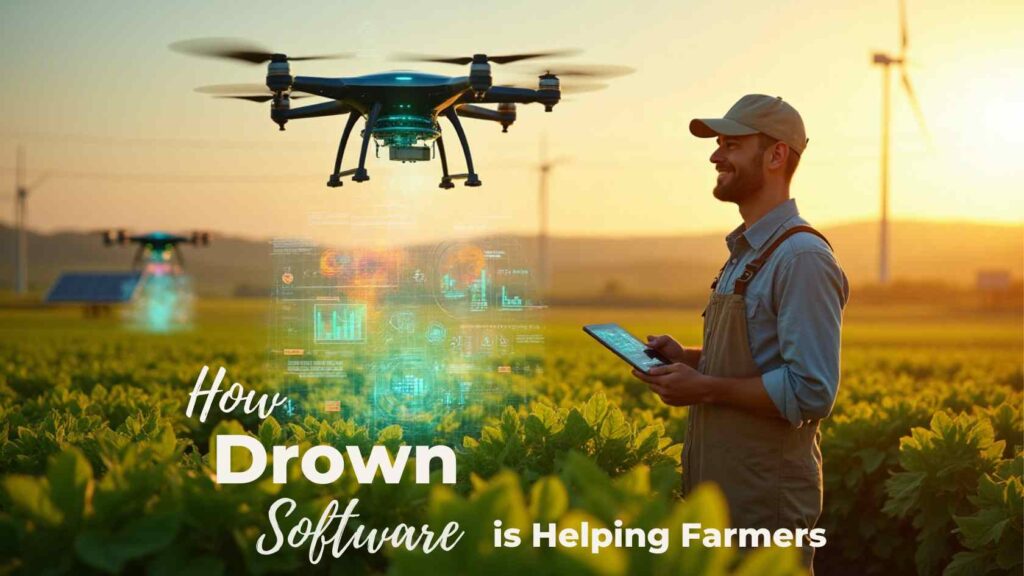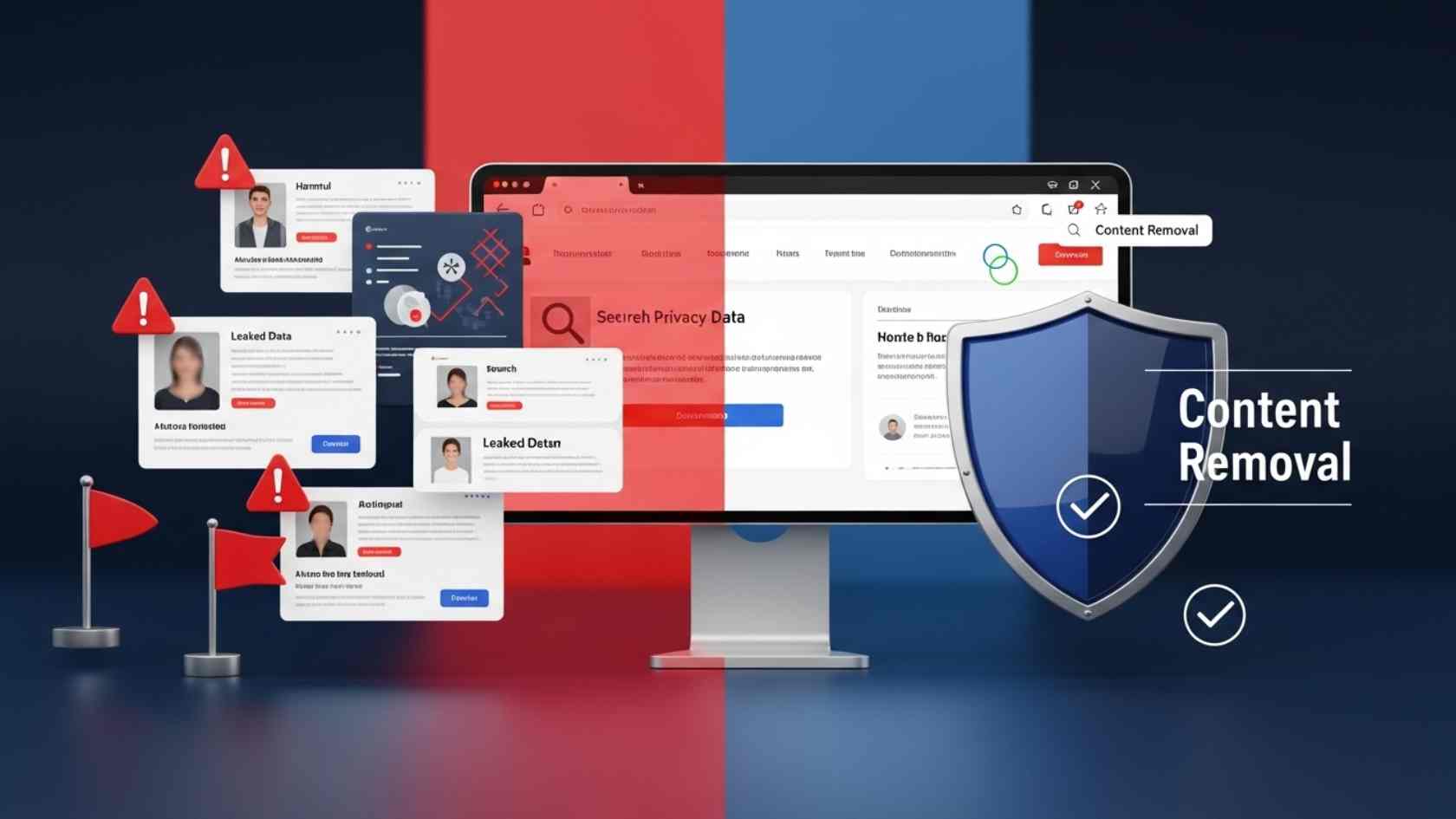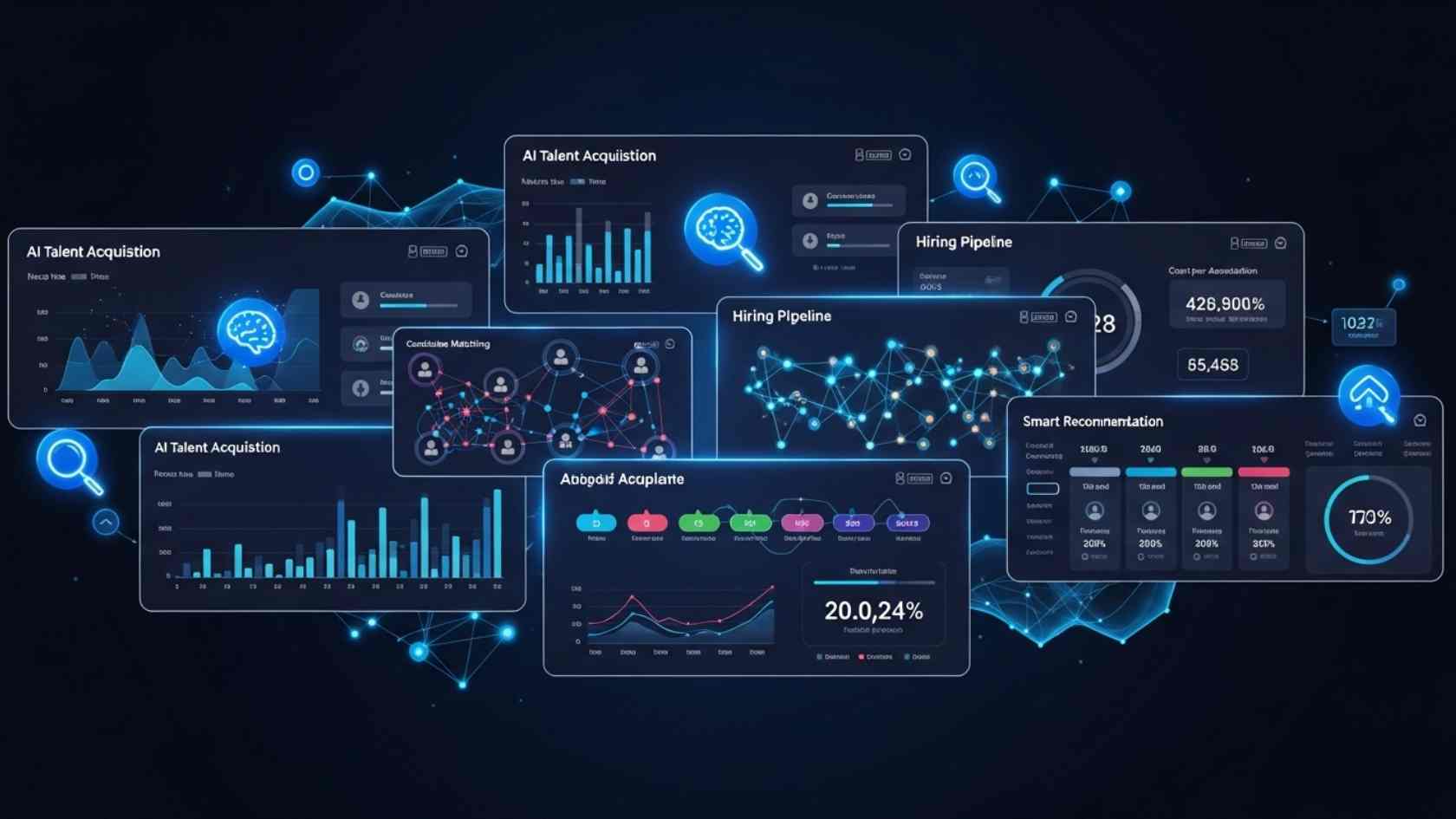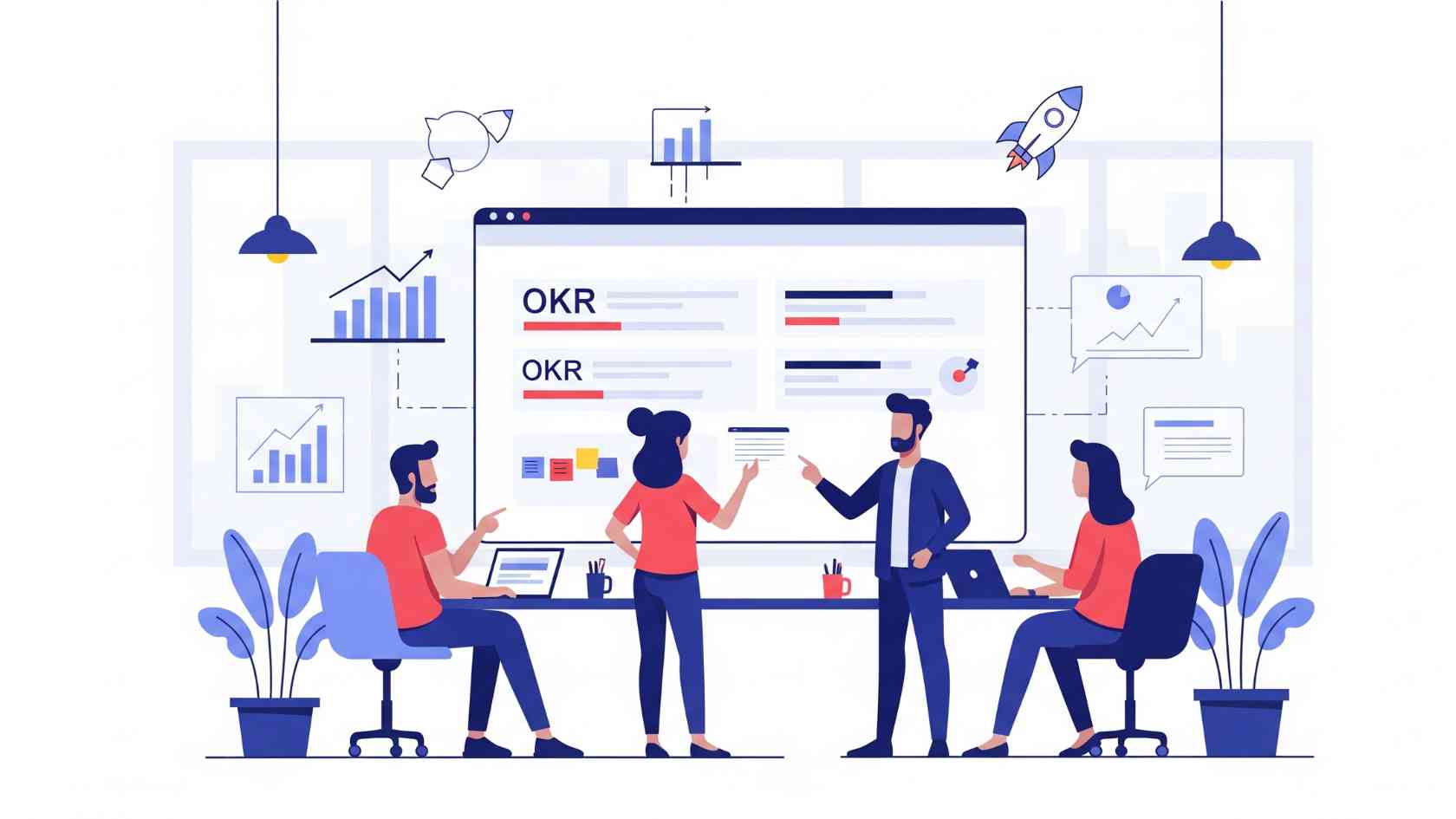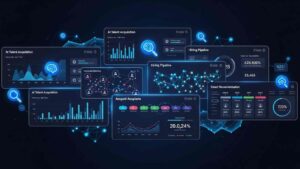Farming today isn’t easy. Unstable weather conditions always affect the cost of fuel, fertilizer, and seeds. This shift is changing farming methods, and many farmers are using drones to analyse the site because it will save their time, money, and even resources.
With professional drone software engineering from Indeema, farms can use drones in smarter ways: to check crop health, understand soil conditions, and spray only where it’s needed. In this article, we’ll show how the right drone software helps farmers cut costs, grow better crops, and make faster decisions in the field.
Why Software Matters More Than the Drone Itself
A drone is a great tool, but without smart software, it’s like having a tractor with no steering. The ability to collect data, process it, and give useful information usually turns drone flights into real value.
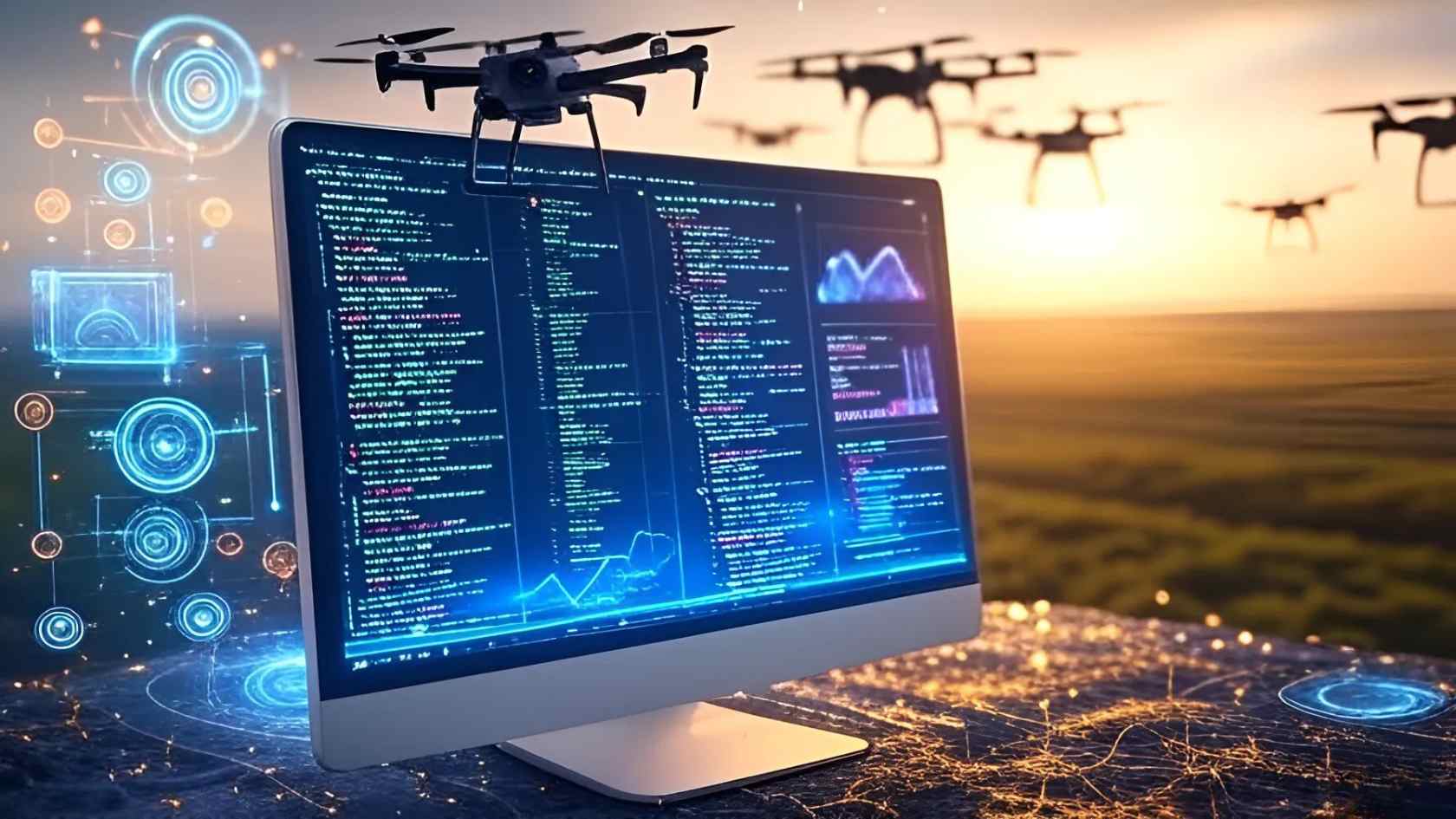
Good software helps farmers:
- See early signs of crop problems
- Understand which parts of the field need attention
- Avoid spraying chemicals where they’re not needed
- Save water and fuel
- Plan work better and faster
Let’s look at the three most common ways drone software is used in farming today, and how each helps reduce costs.
1. Crop Monitoring: Catch Problems Early
Drones that are equipped with thermal or multiband imaging can quickly scan large fields. These drone technologies help to find hidden issues, including pests, diseases or water stress, before farmers analyze them.
How it helps farmers save money:
- Stop diseases before they spread
- Avoid treating healthy areas unnecessarily
- Cut down on manual scouting time and labor
Example:
A group of farmers in Poland used drone software to scan wheat fields weekly. When one section showed early signs of stress, they treated only that area, saving 30% on fungicide costs and preventing a full-blown outbreak.
2. Soil and Field Analysis: Work Smarter, Not Harder
Not all parts of a field are the same. Some areas hold more water, others dry out faster. Some need more fertilizer; others don’t. Thus, drones can easily scan the field and can map out differences, especially in cases when the ground sensors are alongside.
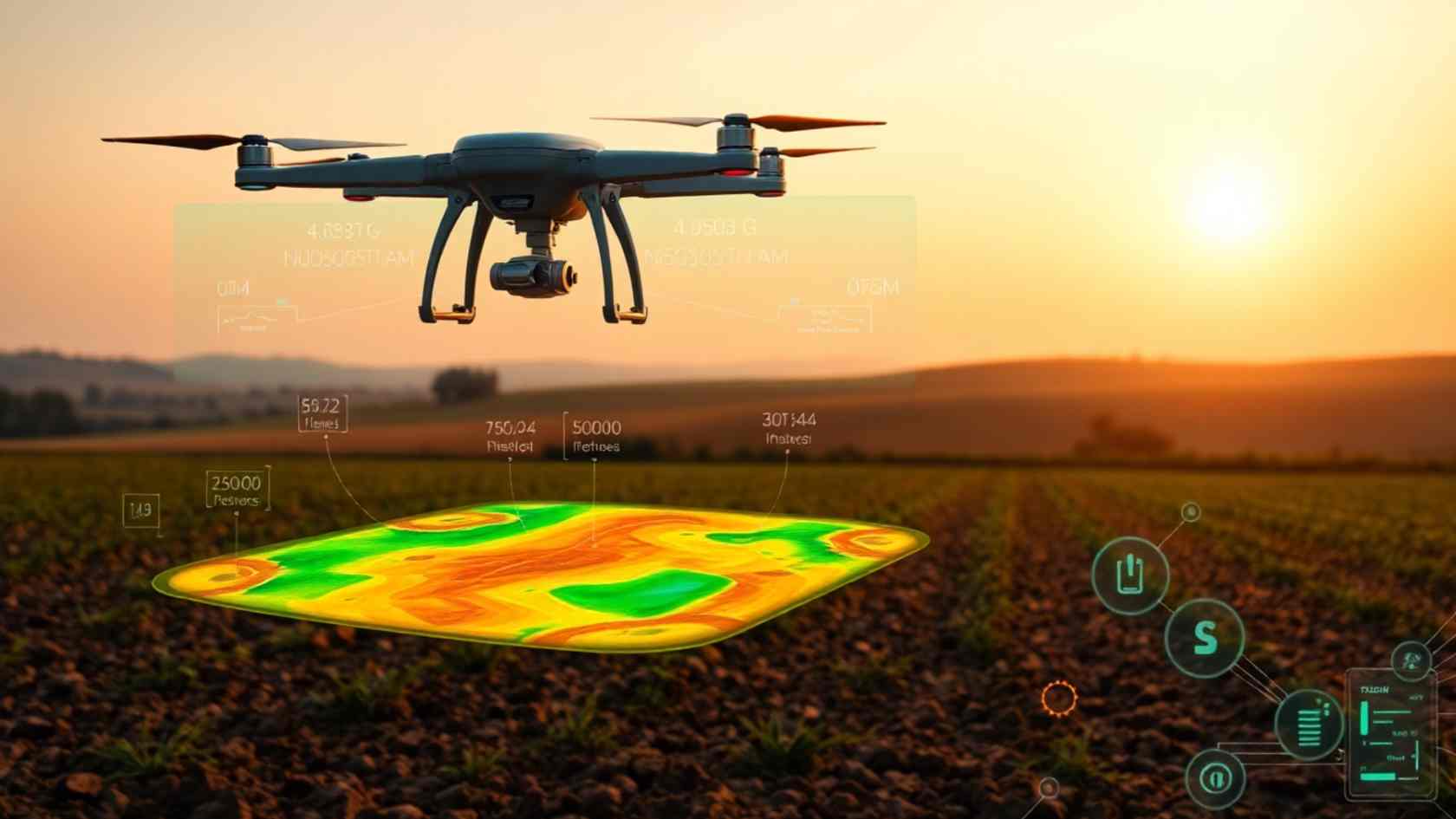
Smart software turns this data into easy-to-read maps for better understanding by farmers.
Cost benefits:
- Use less fertilizer by applying it only where needed
- Improve irrigation and avoid overwatering
- Reduce fuel and wear on machinery by avoiding unnecessary work
Example:
In a U.S. soybean farm, custom software helped map out high and low moisture zones. This allowed the farmer to change their watering plan and cut irrigation costs by 25% without losing yield.
3. Automated Spraying: Precision in Action
The latest drone technology not only captures pictures, but it can also carry spray tanks and effectively treat crops directly. With the help of software, drones can follow a smart path and adjust how much they spray based on what the field really needs.
Key benefits:
- The use of spray or pesticide reduces
- Reduce the waste of chemicals and protect nearby areas
- Reduce human effort and the use of machinery
Example:
One Indeema client in Israel used a custom drone spraying system on a banana plantation. By linking real-time field data with drone flight paths, they reduced chemical use by 40% and saw healthier plants just weeks later.
What Makes Good Drone Software for Farming
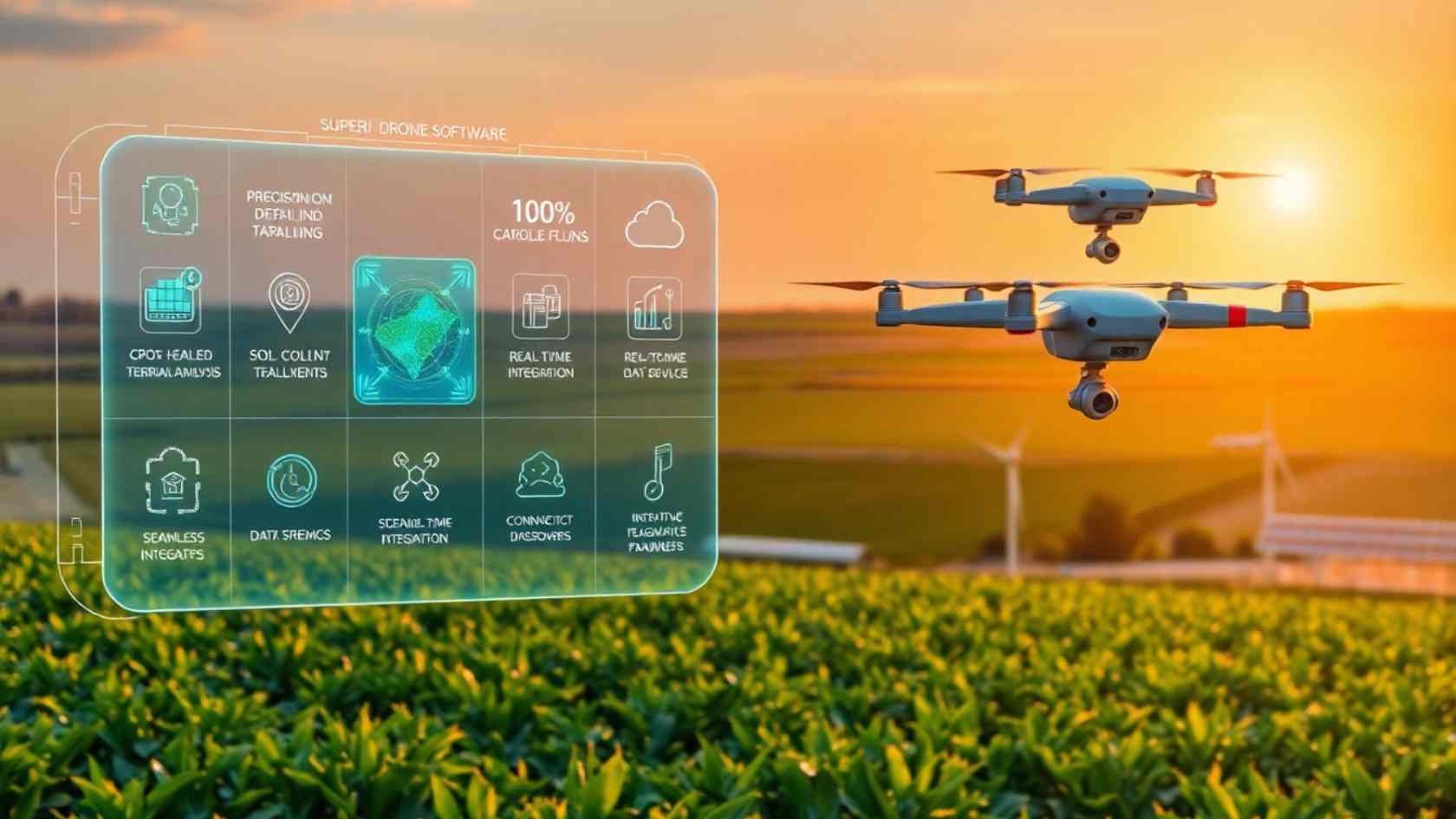
Not all drone software is created equal. So, below are the requirements for farmers and tech companies.
- Offline Use: Many farmers don`t have access to reliable internet at all times. Thus, good software should work offline and scan when back online.
- Multiple Drone Support: For effective results, drone software should work with different drones and sensors.
- Real-time Decisions: Edge computing means the drone or its controller processes data right there.
- Integration with Other Systems: Farmers use many tools, and software should connect with their farm management platforms, machinery, or planning apps.
How Much Can Farmers Really Save with Drone Software?
Just imagine a 500-hectare farm growing corn. Scouting the entire field for pests or irrigation issues might take 3 workers spending 3 full days each month. Roughly $100 per worker per day, that’s $900 monthly just on manual monitoring.
Drone and smart software can scan the same field in under 2 hours, and generate automatic image processing and reporting. Labor costs drop by over 80%, saving more than $7,000 per growing season.
Now, consider spraying:
Fertilizer or pesticide application costs about $25 per hectare per round. Yet, farmers need to spray them several times in the field, which is costly. On the other hand, drone-based spray treatment is only applied in necessary areas.
If software identifies that only 60% of the field needs spraying, that’s $5,000 saved per round on chemicals alone. Over three applications, that’s $15,000 saved, not to mention reduced environmental impact.
Drone software can cut operational costs by 20–30% over a single season, effectively increasing yields by 10% or more.
Conclusion
It`s time to wrap up all the details. Drones are changing farming work, but there is still a need for the right software for effective drone handling. Smart drone software helps farmers identify problems early, saving chemicals and water. Indeema Inc. offers full-cycle engineering to those looking to make reliable, field-tested drone systems for agriculture.

